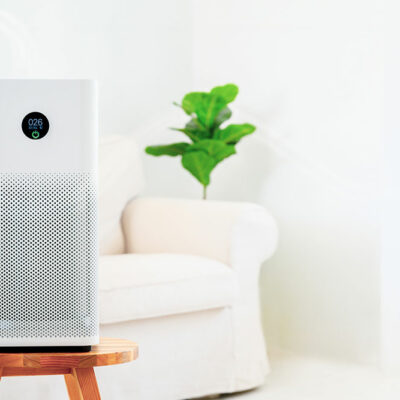
Things to know before buying a lab-grown diamond
Natural diamonds have been falling in demand due to their costs and ethical implications. This dip has resulted in the limelight being on lab-grown diamonds. With the same elemental makeup (tetrahedral atoms of carbon tightly bound together) as natural diamonds, lab-grown variants make this precious stone much more affordable and accessible to the general public. Read on to learn a few things everyone needs to know before buying a lab-grown diamond. What are lab-grown diamonds? Lab-grown diamonds (also known as lab-created, synthetic, artificial, cultivated, or cultured diamonds) are human-made diamonds. These are visually, physically, and chemically the same as natural diamonds. Unlike natural diamonds, however, lab-grown diamonds are not centuries old. Extreme pressure and temperature conditions formed natural diamonds billions of years ago. By contrast, lab-grown diamonds are extremely new and made by replicating similar conditions in a controlled environment over a few weeks. This can be done via two different methods: High Pressure High Temperature (HPHT) or Chemical Vapor Deposition (CVD). These technologies allow business owners to mass-produce diamonds, thus lowering their prices and making them more affordable. Are lab-grown diamonds real? Yes! Lab-grown diamonds are classified as real diamonds. This does not include diamond simulants such as cubic zirconia.
Read Article 









